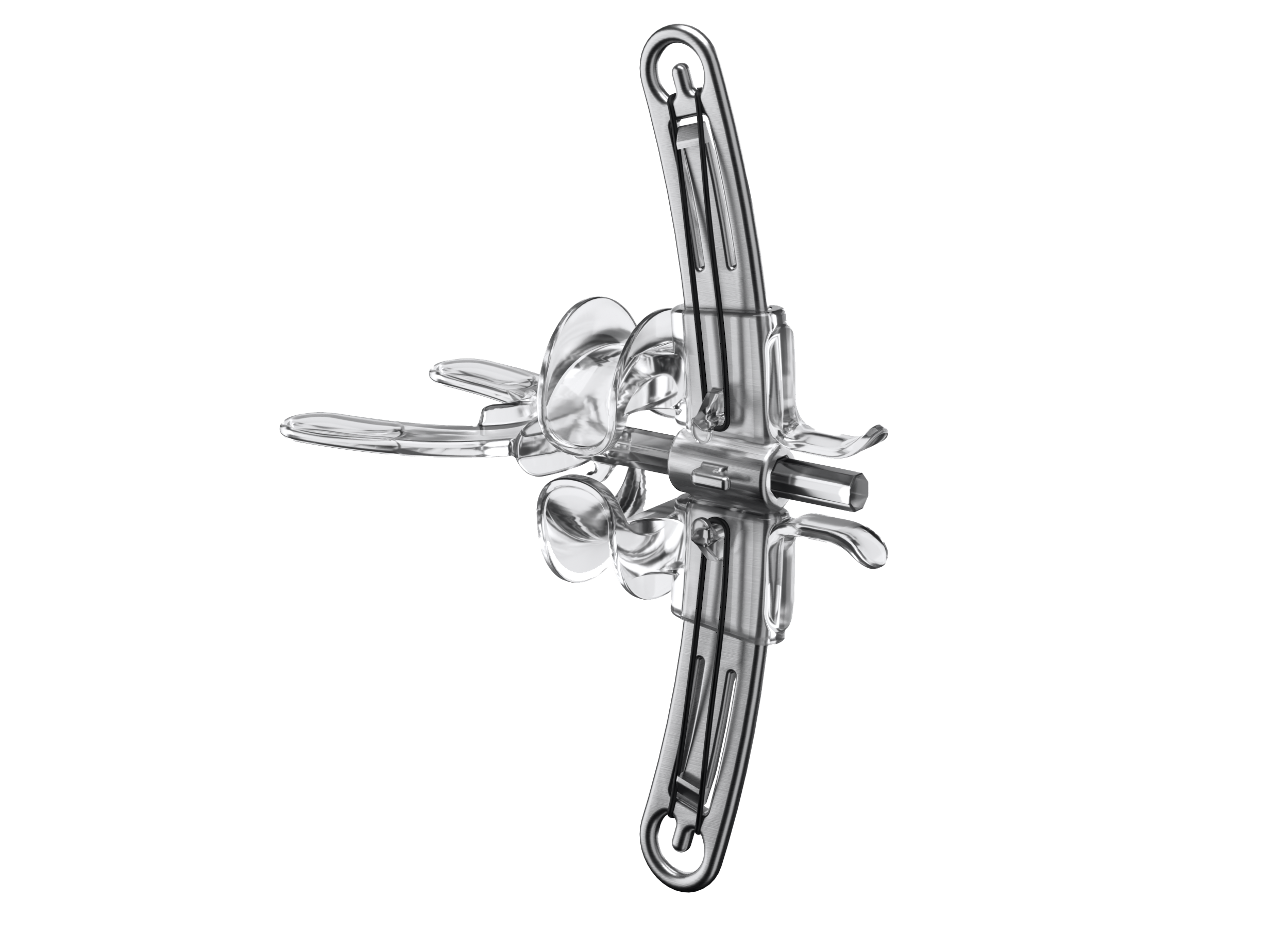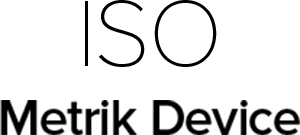ISO Metrik Face Education
Contact Us
Call Us
+1 (678) 632-3745
TESTMONIALS
ISO Metrik offers a game-changing, non-invasive solution to facial sagging — a safer, easier, and more affordable alternative to Botox and surgery. Its potential to support stroke patients with facial weakness makes it an exciting potential addition to modern stroke. rehabilitation.
Dr. Will Humphries
MAKE AN APPOINTMENT
Media Pterygoid
Posted on 30th Jul 2020 / Published in: Face
General information
The medial pterygoid works in combination with the masseter to aid in chewing.
Literal meaning
Wing-shaped – The muscle that attaches to the wing-shaped process of the sphenoid bone.
Interesting information
Medial pterygoid is a skeletal muscle located on either side of the jaw that assists in opening and closing of the mouth and with chewing.
Trismus, or “lockjaw”, is a condition where muscle spasms occur to the muscles that aid in mouth opening and closing. The condition is normally temporary but may be difficult to treat due to limited access to the oral cavity. Lockjaw can interfere with daily activities like eating and drinking, speaking, and oral hygiene. A number of contributing factors may play a role in the development of lockjaw including, Temporomandibular Joint Disorder, removal of wisdom teeth, mumps, or a needle prick to the medial pterygoid muscle. Treatment of the condition is dependent upon its severity. The use of NSAIDs, such as ibuprofen, and warm compresses to treat the pain and inflammation of the muscles, may help to ease the condition of lockjaw. For cases that do not improve with this treatment, the use of physical therapy or range of motion devices may rehabilitate the patient.
Origin
Deep head – Medial side of the lateral pterygoid plate behind the teeth.
Superficial head – Pyramidal process of the palatine bone and maxillary tuberosity.
Insertion
Medial angle of the mandible.
Function
Elevation of the mandible.
Closing of the jaw.
Side to side movement of the jaw.
Nerve supply
Mandibular nerve.
Blood supply
Pterygoid branches of the maxillary artery.
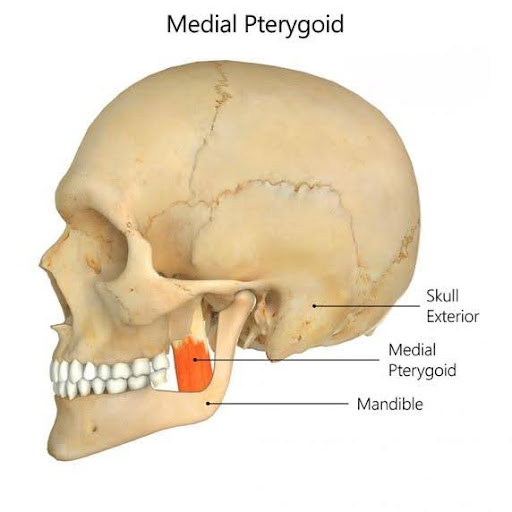
Relevant research
Heterotopic bone formation within a muscle, Myositis ossificans traumatica (MOT), often occurs to individuals who have experienced trauma to the area, repeated injury, burns, or surgical manipulation. A case study shows the development of rare bone formation within the medial pterygoid. Upon further investigation, the woman previously underwent a procedure to extract the lower third molar upon a dental visit. During the extraction, there was the necessity of several injections to achieve anaesthesia and to extract the tooth plus the mouth remained open for a prolonged period. Surgery tends to be the only treatment for cases of MOT. In this case, surgery was unable to fully remove the bone formation.
Thangavelu, A, Vaidhyanathan, A, Narendar, R. (2011). “Myositis ossificans traumatica of the medial pterygoid”. International Journal of Oral and Maxillofacial Surgery. 40:5, 545-549.
Medial pterygoid exercises
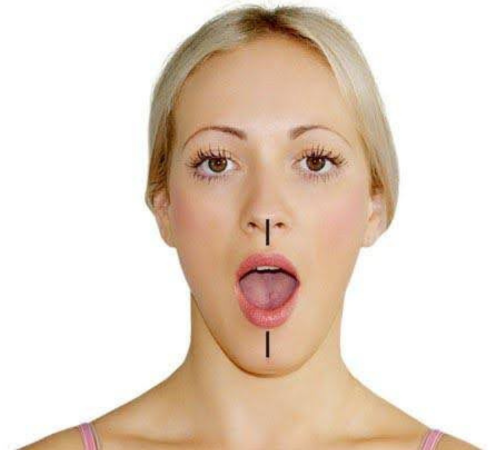
Open wider
Begin by slowly opening mouth as wide as possible. If clicking or popping of the jaw occurs, discontinue stretch immediately. Hold stretch for ten seconds then close jaw. Repeat this stretch ten times, three days a week.

Tongue Stretches
Move the tongue to where it rests on the back of the upper front teeth. Next, move the tongue back until it is resting on the soft tissue of the roof of the mouth. Open the mouth, making sure to keep the tongue in the same position. Hold for ten seconds and return to the starting position. Complete three repetitions of these exercises two times a week.
Medial Pterygoid: Deep Strength for Jaw Elevation and Facial Power
The medial pterygoid is a thick, quadrangular muscle located deep within the face, connecting the sphenoid bone and maxilla to the inner surface of the mandible. It works in tandem with the masseter to close the jaw, chew, and stabilize the lower face.
It’s one of the key movers of the jaw, and its health directly affects bite strength, TMJ function, and jawline symmetry.
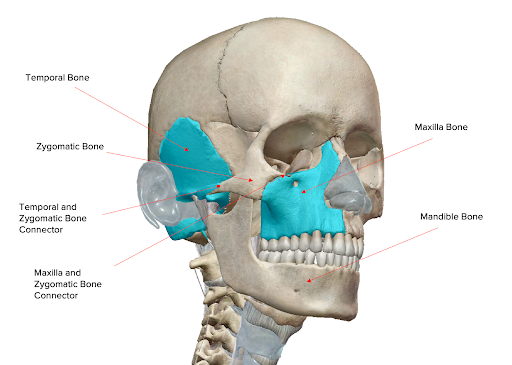
Anatomy & Function
- Origin:
- Medial surface of the lateral pterygoid plate (sphenoid bone)
- Pyramidal process of the palatine bone
- Maxillary tuberosity of the upper jaw
- Insertion: Medial surface of the mandibular angle and ramus
- Function:
- Elevates the mandible (closes the jaw)
- Assists with jaw protrusion and side-to-side motion
- Stabilizes the TMJ and lower face during movement
- Nerve Supply: Medial pterygoid branch of the mandibular nerve (CN V3)
- Synergistic Muscles: Masseter, temporalis, lateral pterygoid
The Problem: Deep Imbalance and Jaw Dysfunction
When the medial pterygoid becomes dysfunctional—either from overuse, underuse, or structural weakness in the mandible or maxilla—the results can include:
- TMJ pain, clicking, or jaw misalignment
- Difficulty chewing or holding the mouth closed
- Loss of lower facial strength and tone
- Facial asymmetry and distortion of the jawline
- Tension or inflammation that radiates into the neck and ear
Deep facial strength begins to collapse, and the symmetry of the lower face and jaw begins to fade.
The ISO Metrik Device: Supporting the Medial Pterygoid Through Mandibular Activation
While the medial pterygoid lies too deep to be isolated directly, the ISO Metrik Device stimulates it indirectly and effectively by applying bite-based resistance that activates the entire mandibular elevator system—including this essential internal muscle.
How It Helps:
- Engages the mandibular elevator muscles, including the medial pterygoid, by applying upward force during bite stabilization
- Improves jaw symmetry and closure strength, enhancing bite alignment
- Reduces overload on the TMJ by rebalancing the force among the masseter, temporalis, and pterygoids
- Restores lower facial structure and firmness through resistance-based training of the jaw muscles
By improving the strength and control of the mandible, the ISO Metrik Device rebalances the internal jaw mechanics, helping the medial pterygoid perform its function without strain or compensation.
Why the Medial Pterygoid Matters
This deep muscle is the engine behind jaw closure and bite strength. It’s essential not only for chewing, but also for shaping a strong, defined jawline and maintaining the muscular symmetry of the face.
The ISO Metrik Device engages this power from within—using the bite itself to rebuild the muscular architecture of the jaw, and indirectly strengthen the medial pterygoid and its surrounding support system.
Want to enhance jaw strength, relieve tension, and improve lower face balance?
Start deep—activate the mandibular core with the ISO Metrik Device.
TESTMONIALS
Dimply dummy text of the deaprinting and typesetting industryorem Ipsum has been the industry’s standard dummy dearty.
DAVID SMITH
CEO,Radiustheme
Contact Us
Call Us
+1 (678) 632-3745
MAKE AN APPOINTMENT
Your journey to facial rejuvenation begins here. Join the ISO Metrik Device Community today.
